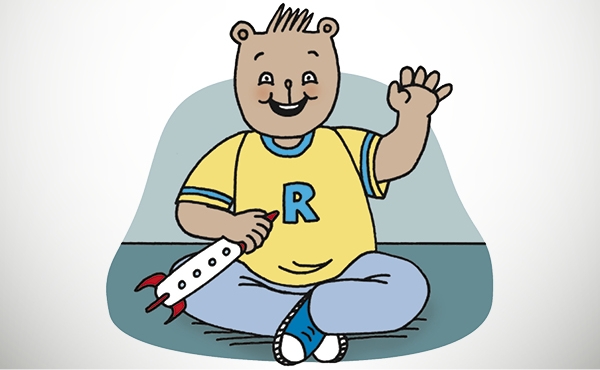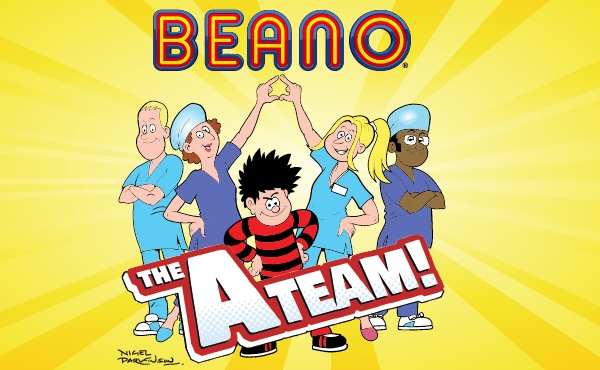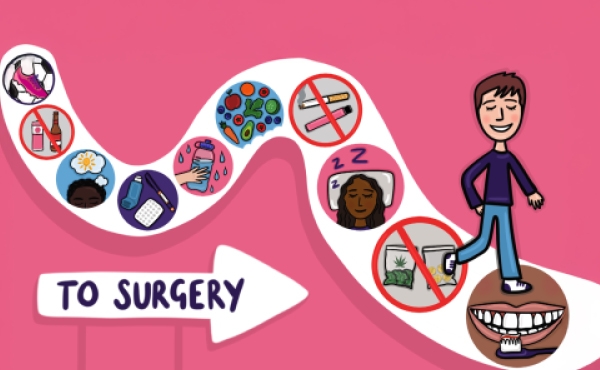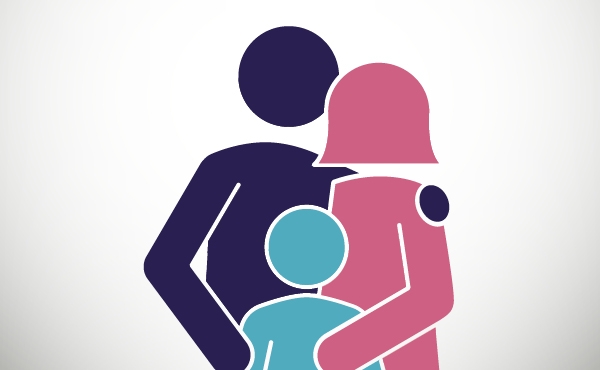Information for children, parents and carers
We have different resources depending on your age.
Use the tiles below to find the information which is right for you.
Children and young people have helped to create this information and they show you what to expect when you have an anaesthetic and how you can prepare for surgery.
There is also information for parents and carers to help understand what to expect and how to support your child through surgery.
Translations are available for some of these leaflets.
Children aged 8–11 years old
Children and young people from 12 years old
Information for parents and carers
RCoA videos for children and young people
We have produced some videos below to help children and young people learn about anaesthesia and be brave when they visit the hospital.
Rees Bear has an anaesthetic
This is a video version of our leaflet Rees Bear has an anaesthetic where Rees Bear tells a story of what happened when he went to the hospital for an anaesthetic.
Quizzing an anaesthetist
In this video Nahom talks to Dr Jignesh Patel about having an anaesthetic.
Anaesthesia: what do I need to know?
In this video Aria talks to Dr Karen Bartholomew about having an anaesthetic.
Other videos
These videos have been made by individual anaesthetists in their own hospitals or by ForMed Films.
We consider the content to be useful for children who are expecting to have an anaesthetic, and their parents or carers. Please note that we have not been directly involved in producing any of these films, and as such, we cannot formally endorse them. However, the RCoA Patient Information Group believe the films are helpful and informative.
It should be noted that the film shows the setting in the hospital in which the film was made. Other hospitals will vary in the environment, the arrangements for admission and the uniforms of staff. In particular, you must follow instructions about when to stop eating and drinking as given by your own hospital.





